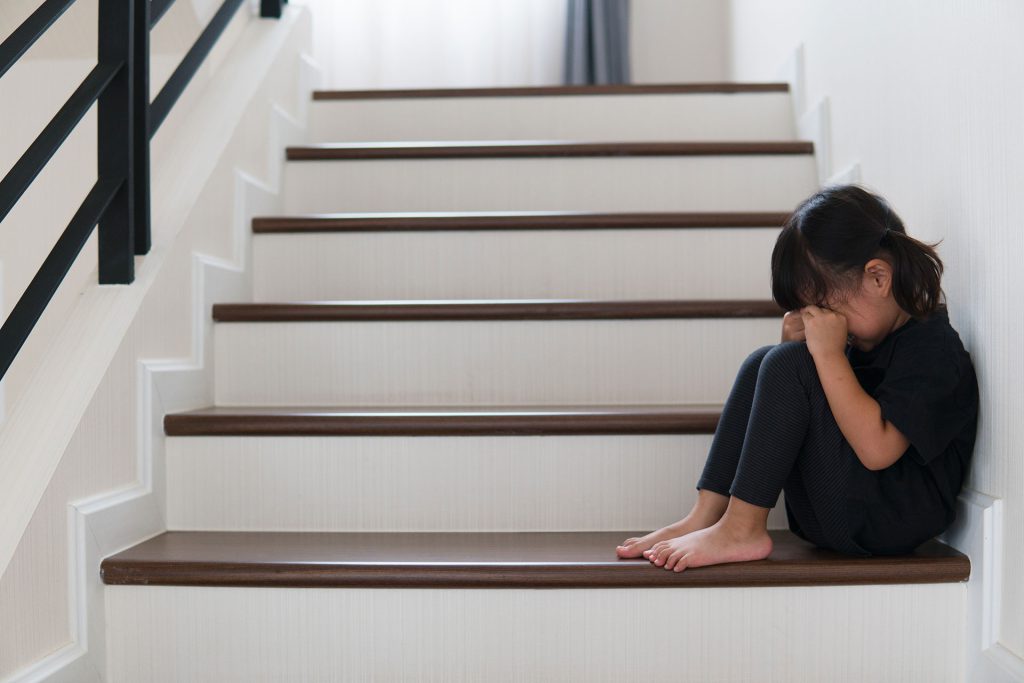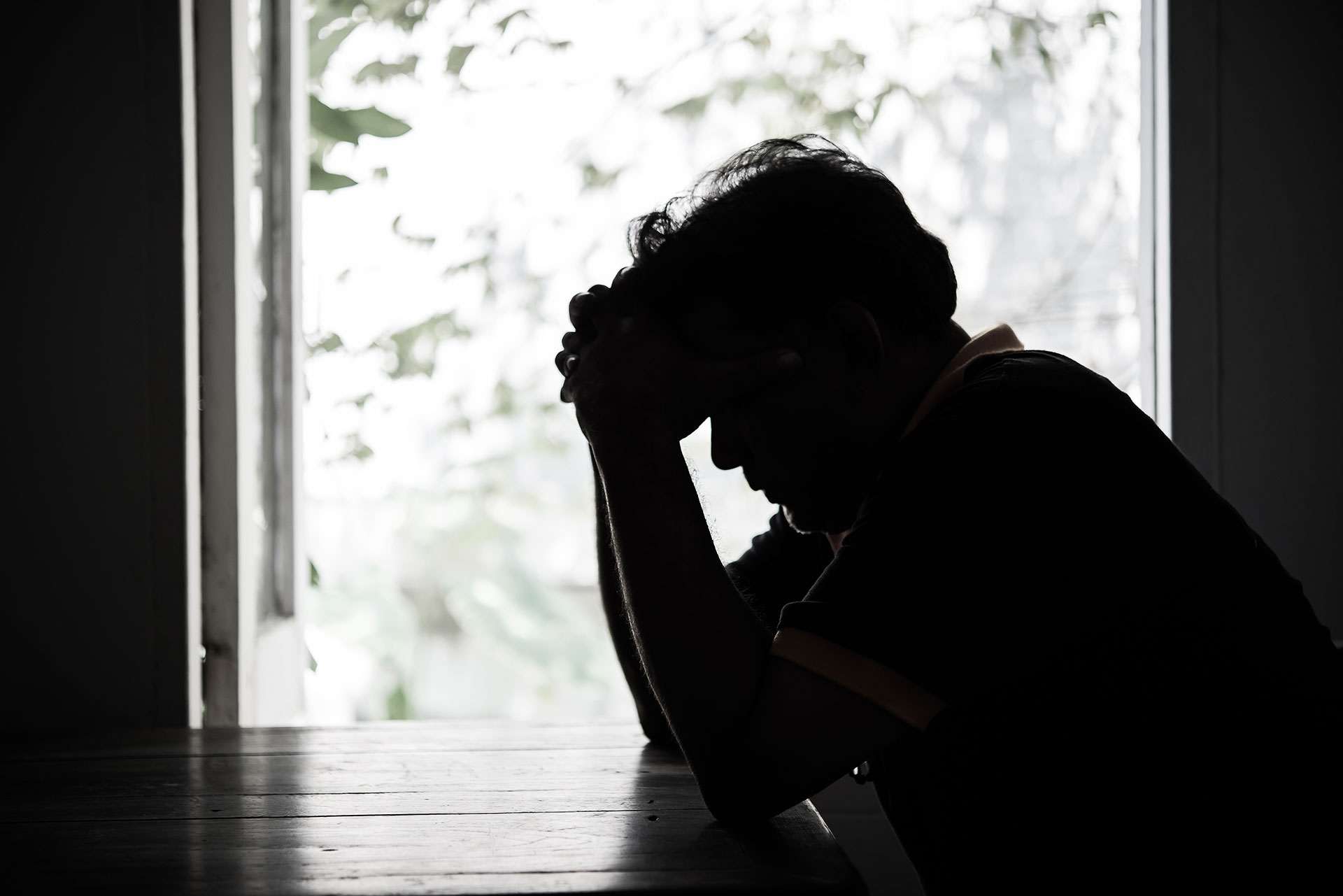training
Training A Survivor Of Domestic Violence

Clare Holzack helps fitpros understand the important considerations when training this special population.
Domestic and family violence will affect almost as many women as pelvic floor dysfunction, at least one in four women. Think about your current client base – would you know who is affected and who isn’t? Do you have the tools and information necessary to call it out when you see it? As part of our Women’s Health Mentorship, we were joined by a survivor of domestic violence (although she still has to manage interacting with her abuser to this day), to discuss the role of the Personal Trainer in this very common, but very taboo circumstance.
As a trainer, many years ago, I had a client who was venting to me in her session. As she revealed more about her home situation, I became more concerned for her safety. I regret to say that I did not handle it well. My comment was “if you tell me any more, I am going to have to call the police”. She had two young children with this man, and I had effectively gagged her. When I asked her how things were the week after, she brushed me off with “fine” and that was the end of it, until a few years later when he physically abused her, her mother, and her daughters when she tried to leave. She did eventually “get out”; she was lucky to have a home to run to in the form of her parents. To this day, she has to manage her interactions with him, share her children, and earn enough money to look after herself and her children on her own.


Your client will sometimes (but not always) show psychological signs including5, 6:
- Introversion
- Outward signs of depression
- Poor eye contact
- Anxiety
- Chronic fatigue
- Suicidal tendencies
- Substance abuse
- Loss of confidence
- Appearing afraid of their partner
- Isolation: they’ve stopped seeing their friends and/or family
- Their children seem afraid, withdrawn, or anxious.
- They report their partner’s bad temper, or that they’ve been humiliated or controlled, that they’ve been criticised, or pressured to do things they don’t want to do (including sex)
- Trouble sleeping, and/or concentrating
- Cancelling sessions at the last minute
- Continual phone calls or text messages from their partner during their session
- Her partner controls her payments for her training, or she hides the fact that she is training. He may control (or try to control) the session itself, including goals she’s supposed to achieve and the day and time she exercises7.
Physical signs of domestic abuse can include:
- Injuries such as eardrum rupture
- Rectal or genital injury
- Facial scrapes
- Bruises, cuts, or fractures anywhere on the body, but commonly arms, neck, and abdomen
- Loose or broken teeth
- Cigarette burns
- Bite marks
- Rope burns
- Welts
If they haven’t been physically harmed, symptoms can still be physical (e.g., In emotional abuse):
- Headaches
- Neck pain
- Chest pain
- Fast heartbeat
- Choking sensations
- Numbness and tingling
- Painful sex
- Pelvic pain
- Urinary tract infections
- Vaginal pain
- Self-harming

Remember, the behaviour is considered abusive if it elicits fear from the victim. This can occur without violence, but the victim is frightened. If you see signs of fear in their interactions or what they tell you about her home life, then you can help by guiding them to help on 1800RESPECT or 1800 737 732.
This line is available 24 hours a day, 7 days a week via phone and online chat, and available for anyone experiencing domestic violence, seeking resources or information, or questioning unhealthy aspects of their relationship6. As their Trainer, you can call too, and get professional advice on what you are hearing from them.
Once you’ve investigated what you’re seeing with your client, you may feel more comfortable talking to them about it. Your role is not to counsel them, but help direct them to further resources such as 1800RESPECT.
If I were to do it all over again, rather than shutting down my client, effectively warning her not to tell me anything else, I would simply listen, and then call 1800RESPECT in my own time to get advice. I would then pass that number on to her as well, so she could talk to an appropriately qualified, informed counsellor who could direct her towards the best course of action for her situation.
For more information visit https://familyviolencelaw.gov.au/get-help/
References:
1. https://familyviolencelaw.gov.au/domestic-family-violence/what-is-domestic-and-family-violence/
2. www.servicesaustralia.gov.au/individuals/subjects/family-and-domestic-violence
3. www.aihw.gov.au/reports/australias-welfare/family-domestic-and-sexual-violence
4. www.facs.nsw.gov.au/domestic-violence/my-situation/i-want-to-help-someone
5. www.emedicinehealth.com/domestic_violence/symptom.htm
6. www.healthdirect.gov.au/domestic-violence-and-abusive-relationships

Clare Hozack
As Burrell Education’s Australia & NZ representative, Clare travels each month to deliver these internationally accredited courses to Personal Trainers. Clare has presented at FILEX and also the Women’s Health and Fitness Summit on Mummy Moves. Clare has two kids and understands the difficulties women face, particularly keeping their pelvic floor and mental health intact. She thoroughly enjoys delivering accessible and intelligent training to women who otherwise find themselves cut off from support in fitness.